Pratoman
TPF Noob!
- Joined
- May 24, 2015
- Messages
- 25
- Reaction score
- 1
- Location
- NYC Area
- Can others edit my Photos
- Photos NOT OK to edit
I just registered here and am new to photography, beyond my IPhone. I've been wanting to explore PHotography as a hobby for a while and recently was given a Nikon D3200 as a gift. I just started reading and trying to learn. A bit overwhelming so I took a one on one lesson, which helped.
One thing I've realized is that the lens that came with the camera (18-55mm) is quite limiting. With that said, I want to be sure that I will keep an interest in this hobby, before going out and spending crazy money.
What I'd like to do with my camera, I think, is travel, and sports. I'm going on a trip to Alaska in Juky and don't want to squander what could be an amazing photo opportunity. So I've got a steep hill to climb.
Anyway, sorry for the novel, I do have a question....
Thinking I should purchase a telephoto lens. The Nikon 18-200mm is not cheap at $600. At my local camera shop (professional establishment, very knowledgeable photographers, not salesman), I was shown a Tamron 18-270mm, that is $449 (with VR) and Tamron is offering a $100 rebate, so $349. Is there anything wrong with this lens? I'm told it's quite good by the store. But I'm always leery about cheating out.
Any thoughts on this, and any other tips on getting started, appreciated.
One thing I've realized is that the lens that came with the camera (18-55mm) is quite limiting. With that said, I want to be sure that I will keep an interest in this hobby, before going out and spending crazy money.
What I'd like to do with my camera, I think, is travel, and sports. I'm going on a trip to Alaska in Juky and don't want to squander what could be an amazing photo opportunity. So I've got a steep hill to climb.
Anyway, sorry for the novel, I do have a question....
Thinking I should purchase a telephoto lens. The Nikon 18-200mm is not cheap at $600. At my local camera shop (professional establishment, very knowledgeable photographers, not salesman), I was shown a Tamron 18-270mm, that is $449 (with VR) and Tamron is offering a $100 rebate, so $349. Is there anything wrong with this lens? I'm told it's quite good by the store. But I'm always leery about cheating out.
Any thoughts on this, and any other tips on getting started, appreciated.


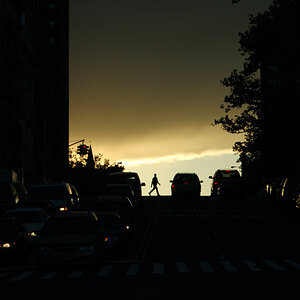
![[No title]](/data/xfmg/thumbnail/31/31011-439c1242fe08cf6b54f32bf06523a567.jpg?1619734567)
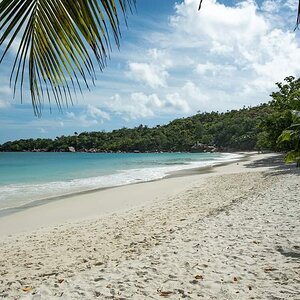
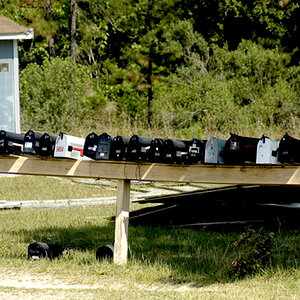
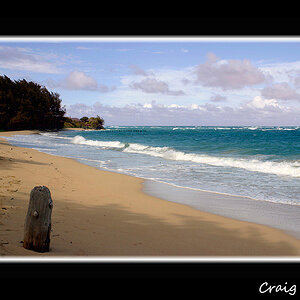
![[No title]](/data/xfmg/thumbnail/38/38293-15e3a85f038b239e3c60bf9f38f5d56c.jpg?1619738563)
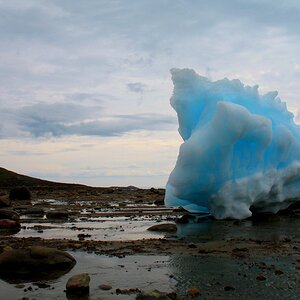
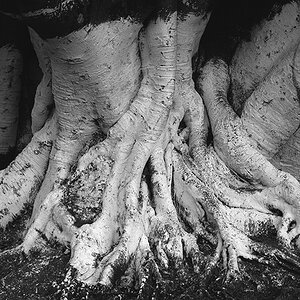

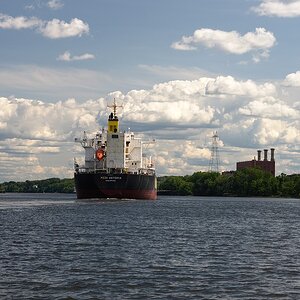
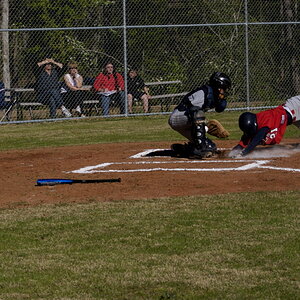
![[No title]](/data/xfmg/thumbnail/38/38292-ab7b4579becf6f3bda3ef5b18219d707.jpg?1619738563)